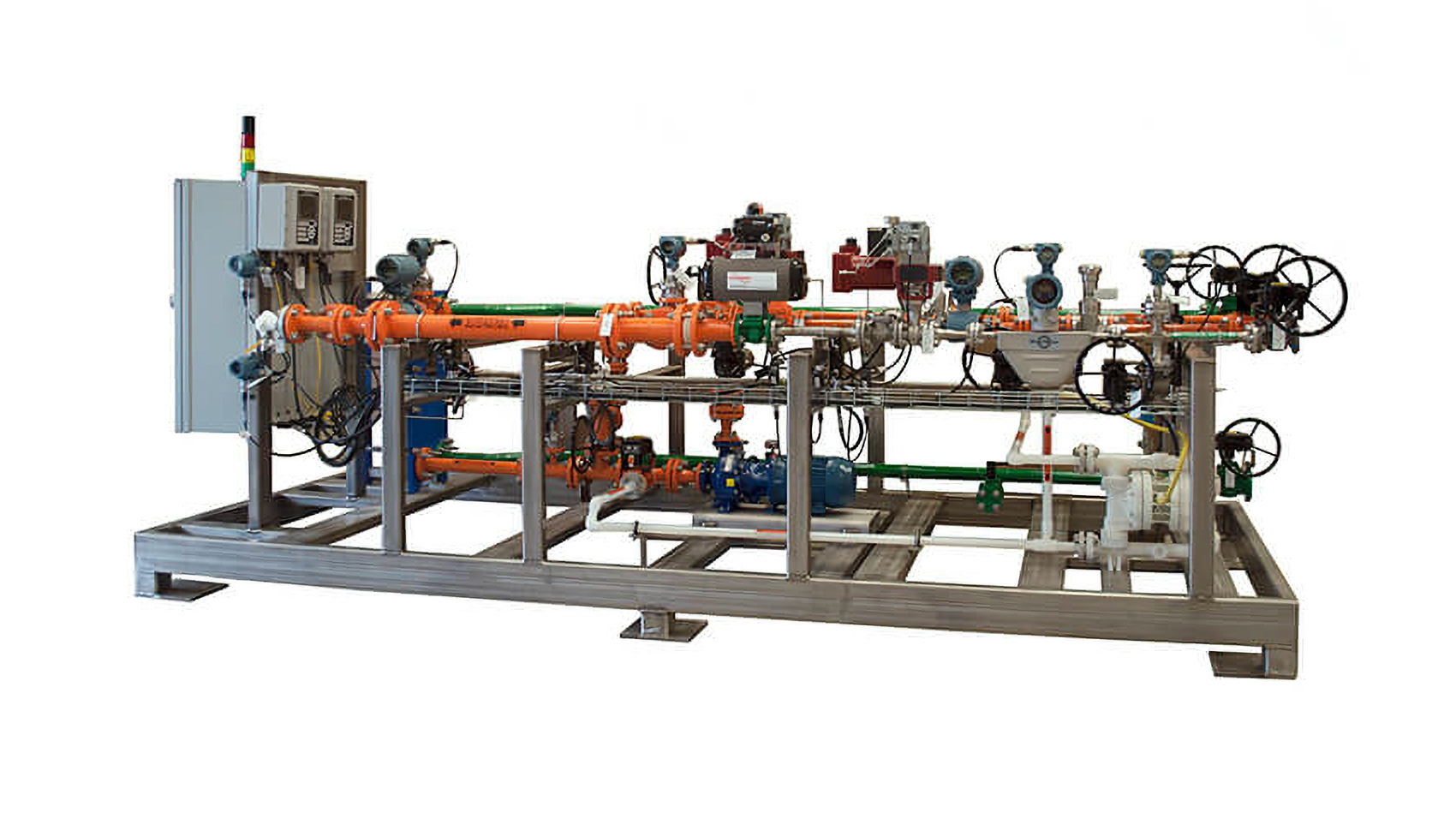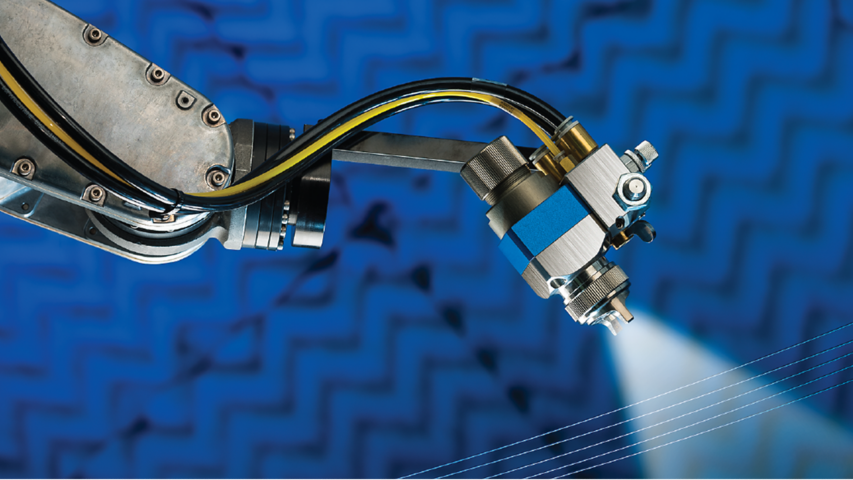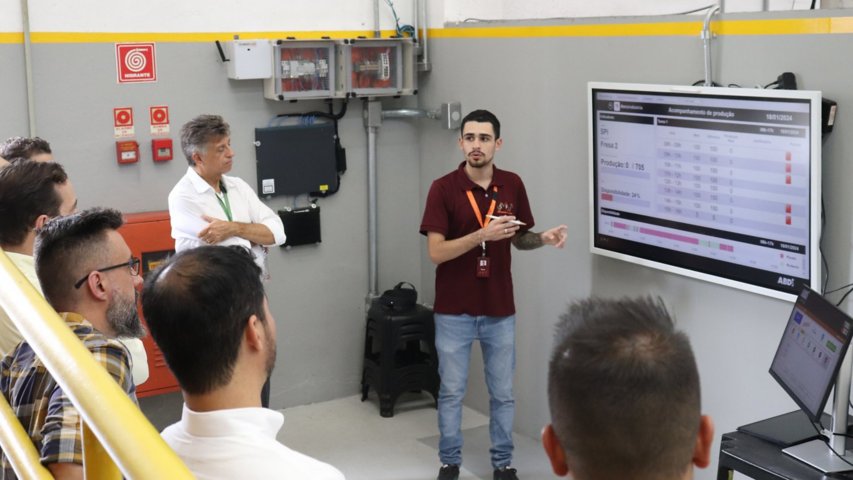Product differentiation is the name of the game for today’s chemical producers. Companies that once offered simple products that were fairly indistinguishable from their competitors – like household bleach – now produce a dizzying array of mixtures.
These more complex products have placed new demands on chemical mixing and blending systems.
“Initially, the systems were very basic and typically just diluted a stronger strength chemical,” said Brent Hardman, CEO, Powell. “The systems have evolved over time and now must mix multiple chemicals for recipes that include fragrances, surfactants and other substances.”
Specializing in custom built, skid-mounted processing equipment, Powell has been helping chemical producers meet contemporary challenges since 1964. Today, Powell equipment is found in more than 40 countries – and produces 80% of the sodium hypochlorite (bleach) made in North America. The Michigan-based company is also well recognized for its chemical blending and dilution systems.
Batch System Challenges
Mixing and blending systems form the centerpiece of the chemical production process. At the front end, systems are connected to raw material sources. The system output is distributed to filling or packaging systems – or becomes a feed commodity for a subsequent process.
Batch processing equipment has been the standard for chemical mixing and blending for decades. Batch systems perform a sequence of steps on a defined volume of material. After the batch is complete, the system must be stopped and thoroughly cleaned before executing the next batch.
As recipes have become more complex – and changeover more frequent – the shortfalls of existing batch systems have come to light.
“With a batch system, there is a lot of downtime for changeover,” Hardman said. “And because the system is based on total tank volume, there can be significant raw material waste in the end.”
To address these challenges, more Powell customers are converting existing batch processes to in-line, continuous systems.
Better Processing Efficiency
Powell Multi-Stream In-Line Mixing and Blending skids are continuous systems that can simultaneously mix multiple streams of liquid raw materials with the accuracy required to produce a wide variety of products.
The turnkey, skid-mounted systems require minimal floor space – and are delivered programmed and ready for installation.
“Over the years, we’ve acquired significant engineering expertise that enables us to customize each system to meet very precise product specifications,” Hardman explained. “The result is a repeatable final product – and less raw material loss than in a batch system.”
The in-line system uses volumetric flowmeters and other tools to automatically measure each material stream on a continuous basis. The system maintains the ratio of each material to the whole, aligned with recipe requirements.
The control system continuously monitors the process and is programmed to instantly auto-adjust stream flow rates if there is a process irregularity. Static mixers continuously blend the material streams to create a homogenous substance.
“With in-line mixing and blending, we can more easily transition from one recipe to the next,” Hardman said. “And because large tanks aren’t involved, we minimize the time and volume of water required for cleaning.”
Powell systems also include in-line clean-in-place (CIP) functionality. In most cases, the CIP feature is automated and included as part of the recipe for a particular mixture.
Future-Ready Control System
Regardless of application, the Powell solutions are based on the Rockwell Automation PlantPAx® distributed control system (DCS). Depending on complexity, the system runs on either an Allen‑Bradley® ControlLogix® or CompactLogix™ programmable controller. The systems are integrated on an EtherNet/IP™ network and for HMI, typically include Allen‑Bradley PanelView™ graphic terminals or VersaView® thin clients.
The company first engaged with Rockwell Automation when they transitioned their systems from relay logic to PLCs in the mid-1980s. Since that time, Powell has continually migrated to new technology to meet customer needs.
“One of the biggest benefits we have received from the Rockwell Automation platform is the flexibility for future changes,” said Hardman. “The backbone of our control system allows us to easily add new capabilities with minimal cost to our clients.”
Currently, the company is exploring the addition of more digital technologies to their systems.
“That’s the wave of the future,” said Hardman. “Whether it’s data analytics, remote monitoring or artificial intelligence, we continually look for cost-effective ways to help improve our services to our clients.”




